Tucked away in Argentina’s mountainous northwest, Salta is a captivating city that blends colonial charm with dramatic natural landscapes. With its year-round mild weather, vibrant culture, and stunning Andean scenery, Salta is one of Argentina’s hidden gems for travelers. From red rock valleys to historic plazas, and colorful markets to relaxing wine routes, this destination has something for every type of traveler.
📊 Key Information About Salta
| Attribute | Details and Explanations |
|---|---|
| Official Language | Spanish – The national and most widely spoken language. |
| Population | Approximately 700,000 – Including the metro area. |
| Area | ~3,800 km² – Covers both urban and surrounding natural areas. |
| Country | Argentina |
| Continent | South America |
| Local Time | GMT -3 – No daylight saving time observed. |
| Currency | Argentine Peso (ARS) |
| Plug Type | Type C and I – Voltage 220V, frequency 50Hz. |
| Average Temperature | 17°C (63°F) – Mild climate year-round. |
| Climate | Subtropical Highland – Dry winters, wet summers. |
| Vegetation | Yungas forest, mountain shrubs, and valleys with vineyards. |
| Main Industries | Agriculture, tourism, winemaking, and mining. |
| Country Code | +54 – Argentina’s international dialing code. |
| City Code | 387 – Telephone area code for Salta. |
🏛️ Top Tourist Attractions in Salta
- Cerro San Bernardo – Ride the cable car or hike for panoramic views.
- Salta Cathedral – A pink and gold neoclassical masterpiece in the city center.
- MAAM (High Mountain Archaeological Museum) – Home to the famous Inca child mummies.
- Train to the Clouds (Tren a las Nubes) – One of the highest railways in the world.
- Cachi and Cafayate – Colonial villages and wine regions with stunning scenery.
- Quebrada de San Lorenzo – Lush green forest ideal for hikes and picnics.
✈️ How to Get to Salta
- By Air: Martín Miguel de Güemes International Airport (SLA) receives daily flights from Buenos Aires and other major cities.
- By Bus: Long-distance buses connect Salta with cities like Mendoza, Córdoba, and La Paz (Bolivia).
- By Car: Route 9 and Route 34 are scenic options from central Argentina or the Bolivian border.
🚍 Transportation Tips in Salta
- Public Buses: Affordable and widespread, using the SAETA card system.
- Taxis: Metered and safe, with apps like “Taxi Salta” available.
- Walking: The historic center is compact and walkable.
- Car Rental: Ideal for exploring wine regions and natural parks outside the city.
🏨 Where to Stay in Salta
💸 Budget-Friendly Hotels
| Hotel | Price per Night | Highlights |
|---|---|---|
| Hotel San Francisco | ~$30 USD | Central location, basic amenities |
| Selina Salta | ~$25 USD | Modern hostel with coworking space |
| Las Rejas Hostel | ~$20 USD | Cozy atmosphere, near the main square |
🛌 Best Hotels for Comfort
| Hotel | Price per Night | Highlights |
|---|---|---|
| Legado Mítico Salta | ~$150 USD | Boutique charm, historic ambiance |
| Alejandro I Hotel | ~$120 USD | Luxury, spa, gym, city views |
| Kkala Boutique Hotel | ~$100 USD | Mountain views, personalized service |
🍽️ What to Eat in Salta
- Empanadas Salteñas – Deep-fried with minced beef or chicken and potatoes.
- Locro – Traditional stew with corn, beans, and meat.
- Tamales and Humitas – Corn-based delicacies wrapped in husks.
- Cabrito (Goat Meat) – Often grilled or stewed.
- Torrontés Wine – Unique to the Salta region, especially from Cafayate.
☕ Best Cafés and Restaurants
- Café del Tiempo – Great coffee and live music ambiance.
- Doña Salta – Traditional cuisine near the main plaza.
- Chirimoya – Vegetarian and vegan-friendly.
- Jose Balcarce – Gourmet twist on local dishes.
- La Cefira – Homemade pasta and wine selection.
🕰️ A Brief History of Salta
Founded in 1582 by Spanish settlers, Salta served as a crucial trade hub during the colonial era. It was a center for revolutionary activity during Argentina’s independence wars and maintains its historical roots with well-preserved architecture, cobblestone streets, and vibrant traditions.
🏘️ Districts, Neighborhoods, and Villages
- Centro – Historical heart with major attractions.
- Tres Cerritos – Upscale and residential.
- San Lorenzo – A quiet, green suburb in the foothills.
- Vaqueros – Rural charm and local artisan markets.
- Cachi, Cafayate, Molinos – Nearby villages with colonial beauty.
🌍 Major Geographical Features
- Lerma Valley – The main valley where Salta is located.
- Andes Mountains – Towering peaks surrounding the region.
- Calchaquí Valleys – Unique rock formations and wine towns.
- Dique Cabra Corral – Popular for kayaking and fishing.
- Quebrada de las Conchas – Multicolored canyon landscape.
🎭 Famous People from Salta
- Martín Miguel de Güemes – Independence hero and national figure.
- Aldo Tealdo – Renowned painter.
- Soledad Pastorutti – Folk singer often associated with northern Argentina.
🧭 Neighboring Cities and Countries
- Jujuy – 2 hours north, gateway to the colorful Humahuaca Gorge.
- Tucumán – 4 hours south, Argentina’s oldest city.
- Bolivia – Northern international border access via Villazón.
- Chile – Cross the Andes to San Pedro de Atacama.
💡 Insider Tips for Travelers
- Visit during April to June or September to November for pleasant weather and fewer crowds.
- Use cash – ATMs can be unreliable, especially in rural areas.
- For souvenirs, explore Mercado Artesanal or Balcarce Street on weekends.
- Tipping is customary – around 10% at restaurants.
- Always carry small change for public transport and markets.
❓ Frequently Asked Questions (FAQ)
- Is Salta safe for tourists?
Yes, Salta is considered one of the safer cities in Argentina, especially the central areas. - What is the best time of year to visit?
Spring (Sept-Nov) and autumn (Mar-May) offer the best weather with fewer tourists. - Can I use US dollars or credit cards?
Credit cards are accepted in most places, but smaller shops prefer pesos. US dollars are accepted in some hotels. - How many days should I spend in Salta?
3–5 days is ideal to explore the city, wine regions, and mountain landscapes. - Do I need to speak Spanish?
While basic Spanish helps, many in tourism speak English. - Is the Train to the Clouds worth it?
Yes – it’s one of the most scenic rail journeys in the world. - Can I do a day trip to Cafayate?
Yes, though an overnight stay is recommended to enjoy the wineries. - Are there guided tours in English?
Yes, especially for wine routes and archaeological tours. - What kind of food is Salta known for?
Empanadas, locro, goat meat, and Torrontés wine. - Is Salta family-friendly?
Absolutely – it offers nature, culture, and adventure suitable for all ages.

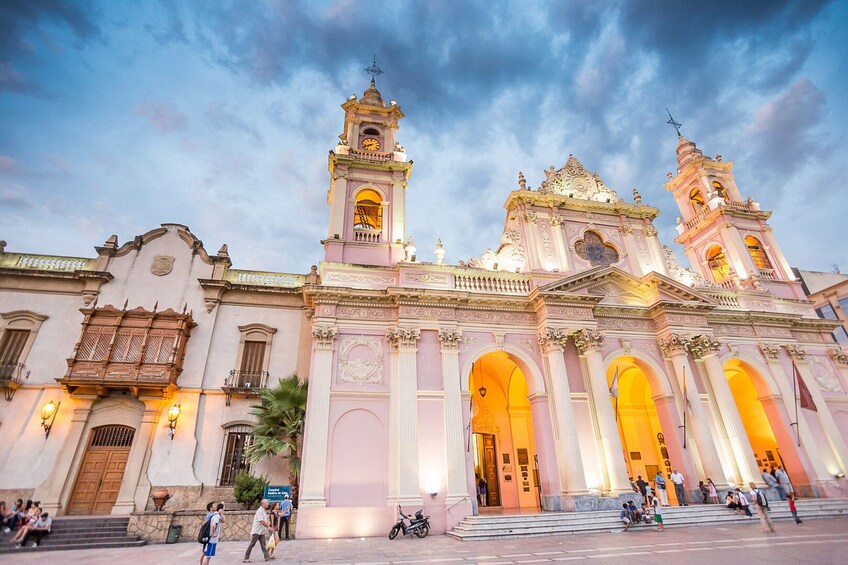
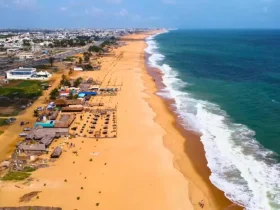
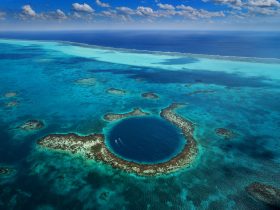
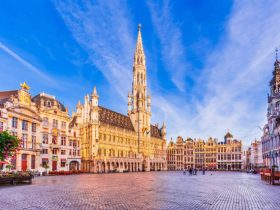
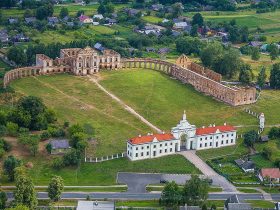

Leave a Review